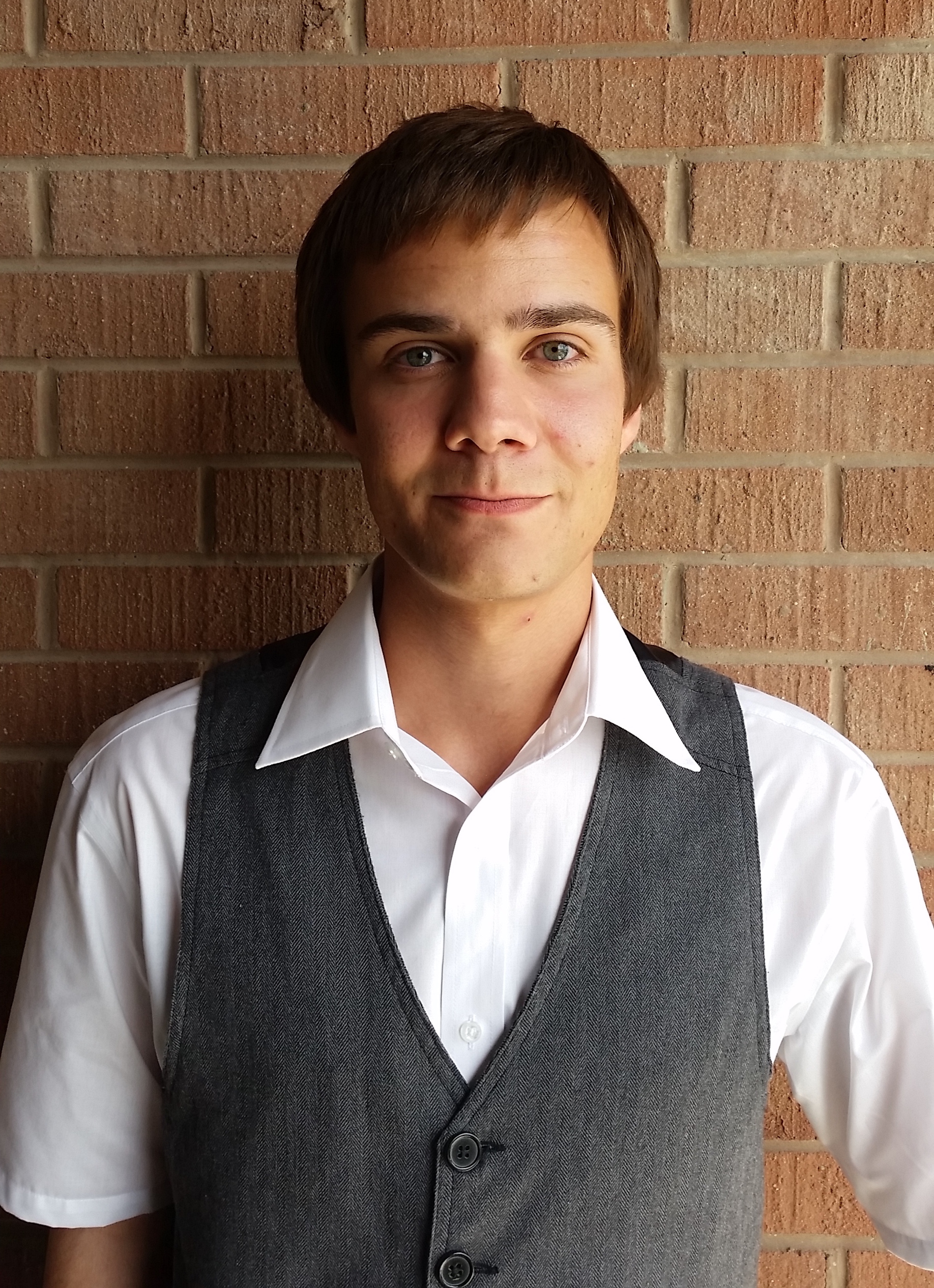- Title: Graduate Research Associate (HART Group)
- Affiliations:
*University of Utah, Department of Atmospheric Sciences
*Storm Peak Laboratory (SPL), DRI-DAS
- Email: ross.petersen@utah.edu
- Office Phone: (801) 581-6136
- CV: Download

Professional Interests
My research focuses on the measurement of aerosol optical and physical properties, both in-situ and through remote sensing, particularly at locations above mountainous terrain.
Aerosols have a significant effect on global climate. In addition to direct radiative forcing, aerosols can modify the microphysical properties of liquid, mixed-phase, and ice clouds, leading to complex interactions between aerosols and the atmospheric system. A cohesive understanding of aerosols is widely recognized as a threshold to future climate research. Current methods for quantifying aerosol properties rely on either individual or combined measurements using satellite remote sensing, ground-based remote sensing, or in-situ observations. These techniques have advantages and drawbacks that pertain to different spatial and temporal limitations. While known to have a consequential impact on the fidelity of in-situ aerosol sampling, few studies exist which address the issue of aerosol-loss during sampling through ground-based inlets. Currently, my M.S. research aims to improve the accuracy of in- situ aerosol measurements performed at ground sites by studying the effect of sampling through a turbulent inlet on the observed aerosol size distribution and particle number concentration.
Throughout my undergraduate education, I was an assistant researcher at the Storm Peak Laboratory (SPL), during which time I developed my current interest in aerosol research.
As an employee of SPL and the Desert Research Institute (DRI) Division of Atmospheric Sciences (DAS), I developed fundamentally as a scientific investigator. While working with SPL I had the opportunity to visit the NOAA Earth Science Research Laboratories in Boulder, CO, to learn about aerosol optical depth (AOD) extraction and processing from multi-filter shadowband radiometers (MFRSR). In conjunction with HARP-group member Lexie Wilson, I am currently creating software tools in the R programming language for the extraction, processing, and cloud-screening of aerosol optical depth from MFRSR-radiometers. When completed this code will be made freely available. Additionally, as a HARP group member I intend to apply these tools to investigate aerosol climatology to radiometer measurements made at long-term Department of Agriculture monitoring sites across North America.
As a University of Utah graduate student in the Department of Atmospheric Sciences, and a member of Professor Hallar's aerosol research group, since beginning my M.S. position in Fall 2016 I have been active on several projects. These include the 2017 Utah Winter Fine Particulate Study (UWFPS), and the Alta dust-on-snow pilot study, investigating springtime melt rates, in collaboration with Prof. McKenzie Skiles from the University of Utah Geography Department and the U of U's Society, Water, and Climate research cluster.
Research Areas
- In-situ Aerosol Measurements
- Remote Sensing of Aerosols
- Aerosol-Cloud-Climate interactions
Education
| Degree | Institution | Field |
|---|---|---|
| M.S. (In Progress) | University of Utah | Atmospheric Sciences |
| B.S. | Reed College | Physics |
Publications
Hallar, A.G., N. Molotch, J. Hand, B. Livneh, I. McCubbin, R. Petersen, J. Michalsky, and D. Lowenthal (2016), Impacts of Increasing Aridity and Wildfires on Aerosol Loading in the Intermountain Western U.S., Environ. Res. Lett., 12(1) link
Hallar, A.G. R. Petersen, I. B. McCubbin, D. Lowenthal, S. Lee, E. Andrews, F. Yu (2016), Climatology of New Particle Formation and Corresponding Precursors at Storm Peak Laboratory, Aerosol and Air Quality Research, 16(3), 816-826, doi:10.4209/aaqr.2015.05.0341 link
Hallar, A.G. R. Petersen, E. Andrews, J. Michalsky, I. B. McCubbin, J. A. Ogren (2015), Contributions of Dust and Biomass-burning to Aerosols at a Colorado Mountain-top Site, Atmos. Chem. Phys. Discuss., 15, 21299-21334, link